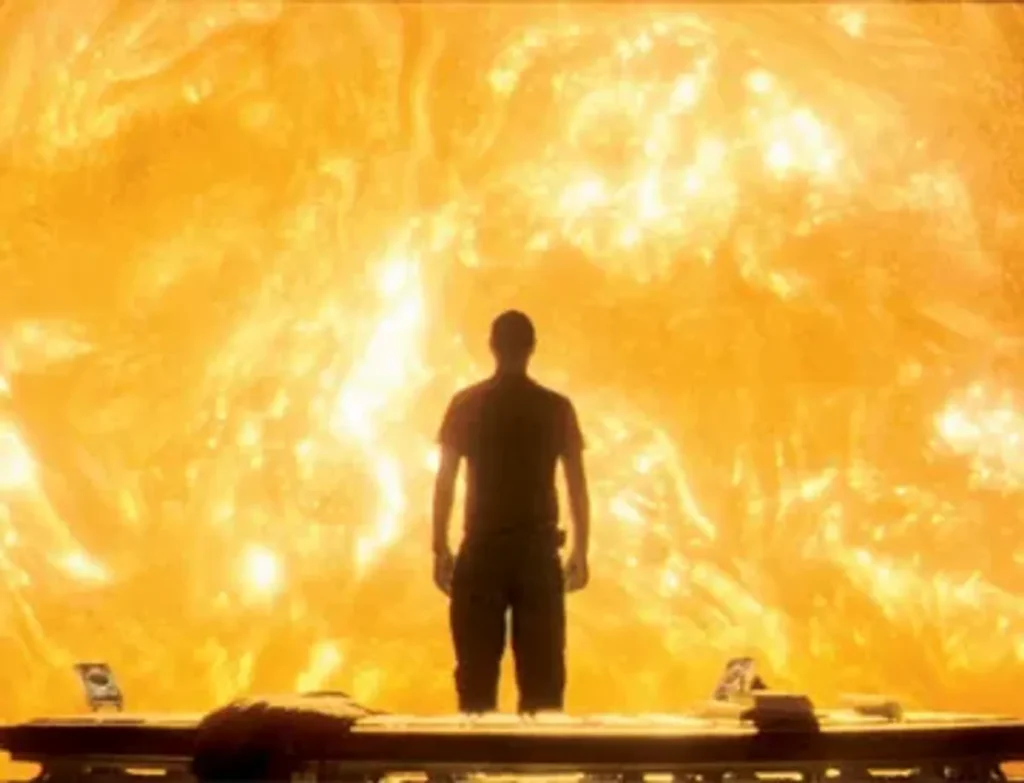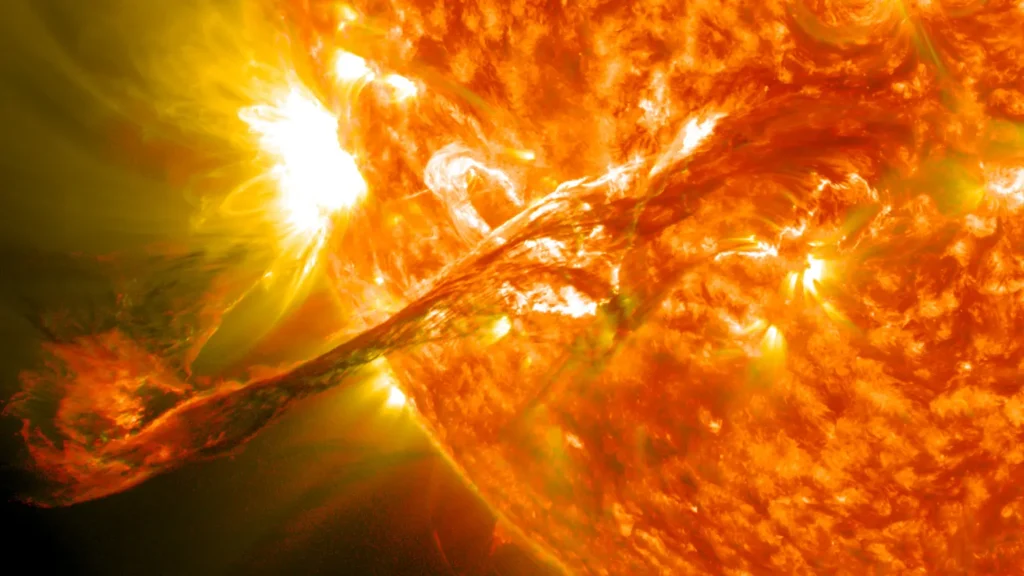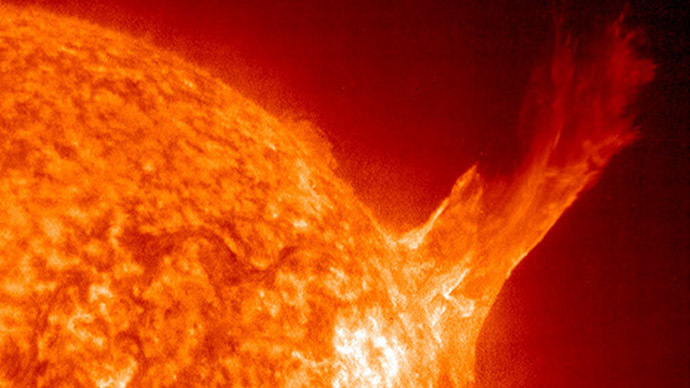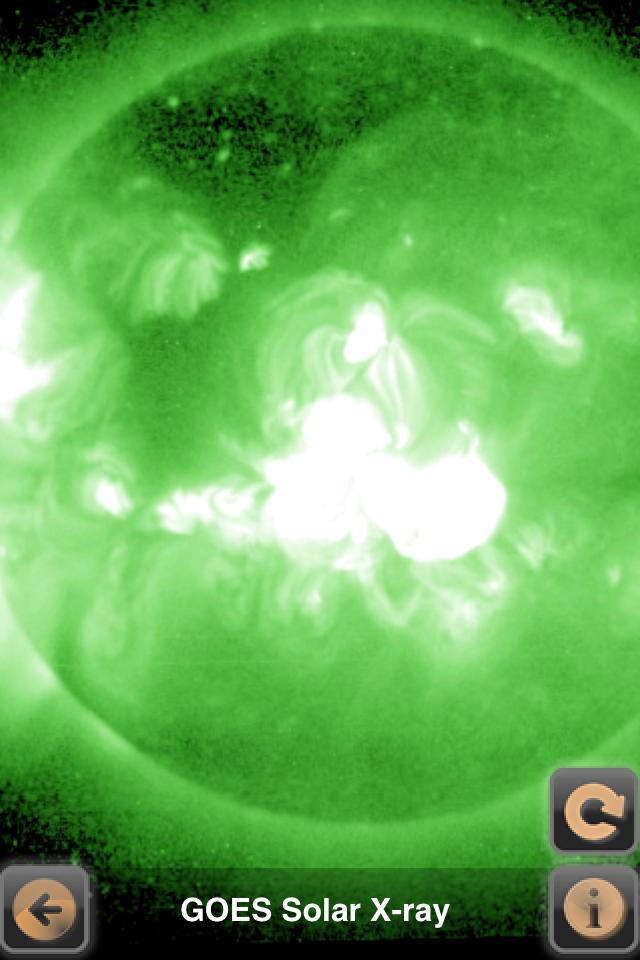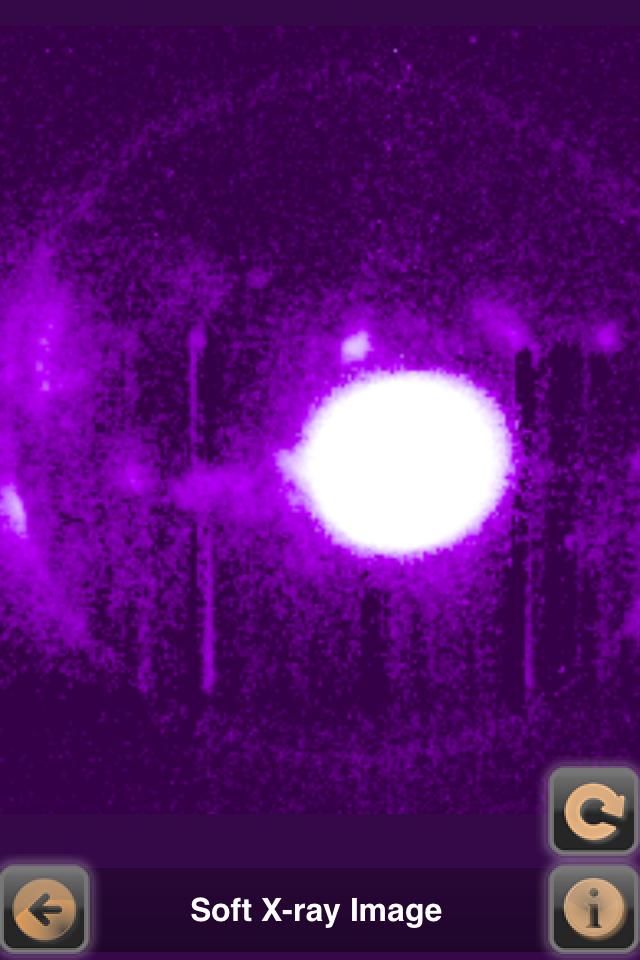In July 2014, billionaire hedge fund manager Paul Singer expressed concerns about the potential threat of solar flares to Earth’s infrastructure. He highlighted that a significant solar event could disrupt power grids, communications, and other essential services, leading to widespread societal impacts. Singer’s warning draws attention to the importance of preparing for space weather events to mitigate potential risks to modern technology-dependent societies.
